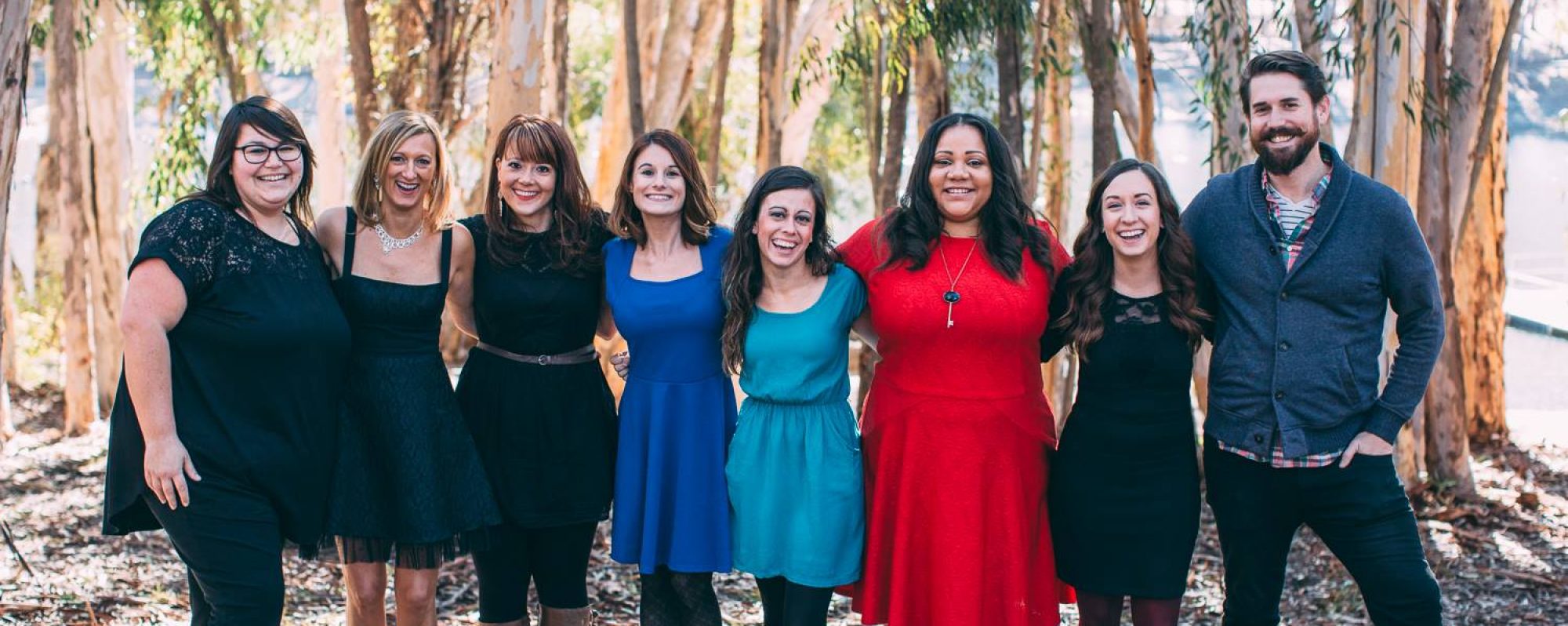I remember when I first entered practicums for music therapy in college, I thought I would never use my clarinet in sessions with clients. As much as I love the field of music therapy, I was afraid that all of the hours and dedication spent improving technique on my primary instrument for years would have been lost. Let me tell you, that is not the case! There are various opportunities to use wind and other novel instruments in sessions to achieve therapeutic goals and I’m excited to share some of the ways I’ve used the clarinet in sessions over the course of my internship.
Name That Tune
Name That Tune is a classic and great opportunity to use a novel instrument in sessions! As the title suggests, Name That Tune is a game where you play a familiar song for the client without lyrics and prompt the client(s) to guess the name of the song. This is great to achieve cognitive goals such as improved listening and attention skills. I have used Name That Tune in group and individual sessions, and clients appear to enjoy listening to songs they know on an instrument they don’t hear very often if at all!
Call and response
I’ve used the clarinet during call and response interventions, primarily to achieve goals such as: improved listening, self control, attention, turn taking and interpersonal skills. This type of intervention can be quite versatile, as you can be the leader and prompt the client to imitate what you play or you can have the client lead on an instrument and you as the therapist can imitate. You may choose to play a familiar song and you each play a phrase of a song; for the song “You’ve Got a Friend in Me,” I may play a line of the melody on my clarinet while the client plays the rhythm of the next line on a drum. We could also just pass an improvisatory musical phrase around like a rhythmic imitation exercise (ex: “Repeat after me. Listen first, then play what I play on your instrument”).
Playing as a duet or group
Another great way to utilize a primary instrument in sessions is to play the melody of a familiar song while the client(s) accompany on other instruments, kind of like a jam session! This is a great way to improve social skills, attention skills, motor skills, and build rapport with clients. For this intervention, choosing a motivating song for the client is an important consideration because it may play a role in the client’s participation. As the therapist, you may have specific instrument(s) in mind for the client to play during the intervention to target specific muscle groups and/or achieve certain goals, but engaging in cooperative play alone may be an important area of growth for the client. Here, I may encourage the client to keep a steady beat on the drum set or floor drum (like a rockstar, of course!) while I play a song on the clarinet for approximately 2 minutes (or whatever the client’s target sustained attention goal is).
One more thing I wanted to note was that, while we are in a pandemic, we can still use wind instruments during in person sessions! As a clarinetist, I have a mask with a hole cut for my mouthpiece along with a mask on my bell so the aerosol generation is maintained in the instrument.
This being said, it is also up to the discretion of the client and parents/guardians whether or not they feel comfortable having a wind instrument played in the session. If you are interested in learning more information about the aerosol generation of various wind instruments, check out this study that was published in September 2020.
I hope these ideas are helpful for other therapists who may want to incorporate their novel instruments in sessions!
Until next time,
Katherine



















 attention, as well as making choices, learning colors, or an array of other skills could be to use the feathers to write a song with desk bells. The client or therapist would arrange the feathers (Velcro feathers on) to the turkey, and then the client would play through the song as the colors are arranged from left to right. The client could then rearrange the feathers to be any combination, making this a great intervention with endless possibilities!
attention, as well as making choices, learning colors, or an array of other skills could be to use the feathers to write a song with desk bells. The client or therapist would arrange the feathers (Velcro feathers on) to the turkey, and then the client would play through the song as the colors are arranged from left to right. The client could then rearrange the feathers to be any combination, making this a great intervention with endless possibilities! 


